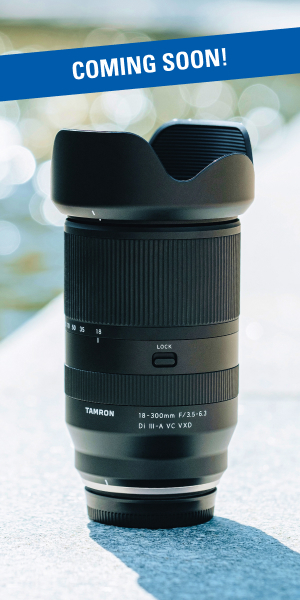Photographing Denmark with Tamron lenses offers travel photography enthusiasts an unforgettable opportunity to capture a tapestry of picturesque landscapes and vibrant cultural vistas. Embarking on a journey to the northern tip of Denmark unveils a land of ethereal light and serene natural beauty, where every scene reflects the true essence of Scandinavian allure.
Text and images by Alvin Gilens
In this post, professional travel writer and photographer Alvin Gilens explores the quintessential locations in Denmark’s Northern Tip with two Tamron lenses and provides travel photography insights alongside our travel tips designed to enhance your Danish adventure.
What you will learn in this article:
- How to photograph Denmark’s stunning landscapes and coastal scenes with the right Tamron travel lenses.
- When to choose between the Tamron 17-50mm F/4 and 28-200mm F/2.8-5.6 for wide-angle vistas or detailed close-ups.
- Essential travel photography tips for mastering composition and capturing Denmark’s unique natural light.
- How to protect your gear and shoot confidently in changing weather conditions, thanks to Tamron’s moisture-resistant design.
- Photography techniques for iconic Danish landmarks like Grenen, Skagen, and the Sand-Buried Church.
800-Mile Road Trip Showcases the Beauty of Denmark
“Denmark is noted for its beauty, its culture, its history, and of course, its food and drink. The charms of Copenhagen – Tivoli Gardens, the Danish Museum of Design, the Royal Palace – and the marvelous Hans Christian Andersen Museum in nearby Odense, are all exciting destinations.
However, my wife and I wanted to understand the natural beauty and history of the country, while enjoying its gastronomic offerings. Driving our rented car 800 miles in this beautiful country allowed me to stop and photograph anything that interested us.”
Photographing Denmark with Tamron Lenses: Two Key Lenses
“I decided to put two of Tamron’s most remarkable products against each other, the 17-50mm and 28-200mm, to learn which lens might be better for this kind of travel photography.”
The Tamron 17-50mm F/4 Di III VXD (Model A068)
The Tamron 17-50mm F4 is an excellent travel lens due to its versatile focal range, which covers everything from wide landscapes to closer, detailed shots. Its compact and lightweight design makes it easy to carry, ideal for long days of exploring. And its moisture-resistant design is essential for travel, as Alvin discovers on this trip.
Although it is more affordable than similar lenses from major brands, it delivers impressive image quality, making it a great choice for capturing diverse travel scenes without adding bulk to your gear.
The Tamron 28-200mm F/2.8-5.6 Di III RXD (Model A071)
The Tamron 28-200mm F2.8-5.6 is a fantastic all-in-one travel lens, providing an impressive zoom range that covers everything from wide-angle landscapes to distant subjects without the need to switch lenses. Its compact and lightweight design makes it ideal for travel, where portability is essential. This lens also offers moisture-resistant construction so that travelers can shoot worry-free in any climate or season.
Despite its broad focal range, it delivers sharp image quality, allowing travelers to capture a variety of scenes with one lens. This versatility and convenience make it a top choice for travelers looking to pack light without sacrificing photographic flexibility.
Penny-Farthing Bicycle in Aalborg
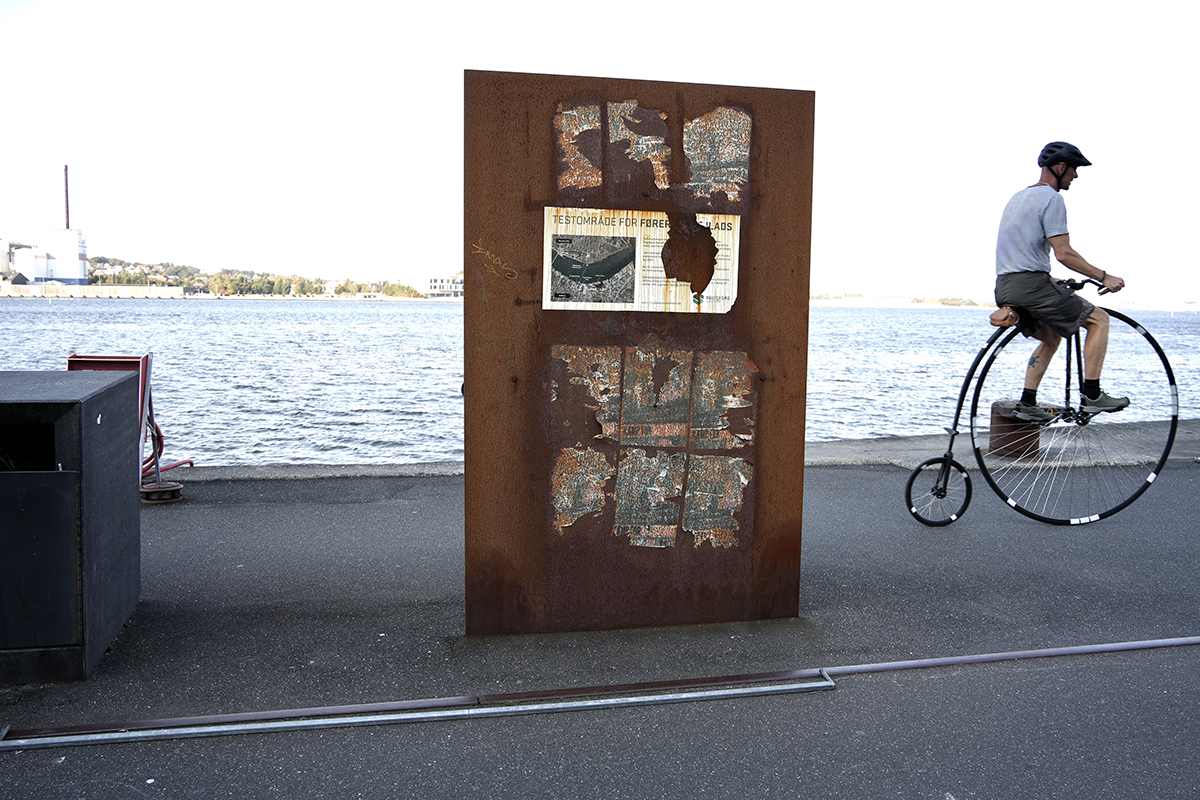
“Halfway between Copenhagen and our ultimate destination of Grenen, the very northern tip of Denmark, was Aalborg, Denmark’s third largest city. Walking along the dockside, I was astounded to see a man on a Penny-Farthing bicycle emerge from behind a sign. My good luck, I had the 28-200 lens on for the walk; it captured him perfectly.”
Tamron Travel Tip: Discovering the Northern Tip
Photographing Denmark with Tamron lenses is especially rewarding in the northernmost part of the country, where an ethereal convergence of land and sea awaits. Here, the North Sea meets the Baltic, creating a dramatic landscape that has captivated artists for generations. Particularly around Skagen, the unique quality of light, combined with the interplay of sunlight on the azure waters and golden sands, offers a mesmerizing palette for photographers seeking to capture Denmark’s natural magic.
Denmark Seaside

“As we continued our drive north, we detoured to the Jerup Strand (shore) of Denmark, where the land meets the Kattegat Sea, separating it from Sweden.”

“Noted for colorful plant life and abundant tidewater animals, tasty for humans and birds alike, I once again found the 28-200 lens up for the job.”
The Historic White Lighthouse in Frederikshavn

“Next up on our journey, and it was certainly UP, was Denmark’s oldest lighthouse, built in 1747. The red brick building was painted white in the early 1800’s and it was thereafter known as the White Lighthouse.
In 1858, the building was replaced with the twice-as-tall Skagen Lighthouse. Today, the building is still occasionally used for events and art exhibits and remains as a protected historical landmark.
I found the unique flexibility and marvelous sharpness of the 17-50 lens were perfect for capturing this historic building, with cutting edge technology.”
Tamron Travel Tip: Skagen’s Unique Light
Photographing Denmark with Tamron lenses truly comes to life in Skagen, where the quality of light is unlike any other. With an extraordinary clarity and intensity, the light enhances colors and contrasts, creating breathtaking photographic opportunities. Capturing this ethereal light requires careful attention to timing and weather conditions.
Early morning and late afternoon offer the best chances to photograph the landscape in its full splendor, as the sun casts long shadows and highlights the textures of the dunes and sea, making Skagen a must-visit for any serious travel photographer.
The Famous Sand-Buried Church
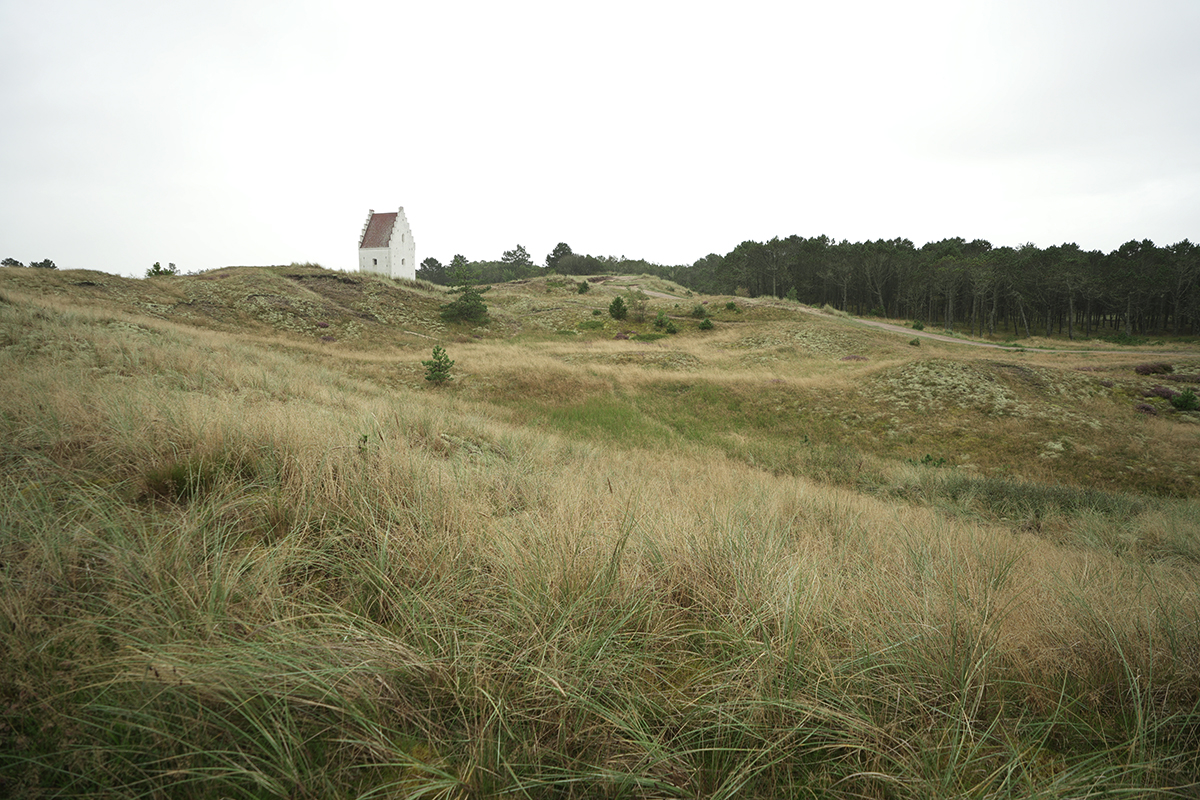
“A light rainfall deterred neither the photographer nor the equipment, as I carefully covered my camera and Tamron’s 17-50 in a plastic sleeve and walked towards Denmark’s famous Sand-buried Church. Only the tower remains today of the Sct. Laurentii Kirke, buried in the drifting sands since it was abandoned in 1795.
I was thankful that this lens has internal zoom, allowing me to adjust the image without altering the physical size of the lens. That was something that I had previously thought convenient, but not essential. In this case invention was certainly the mother of necessity and the lens stayed dry.”
Grenen – Where the Seas Meet But Do Not Mix
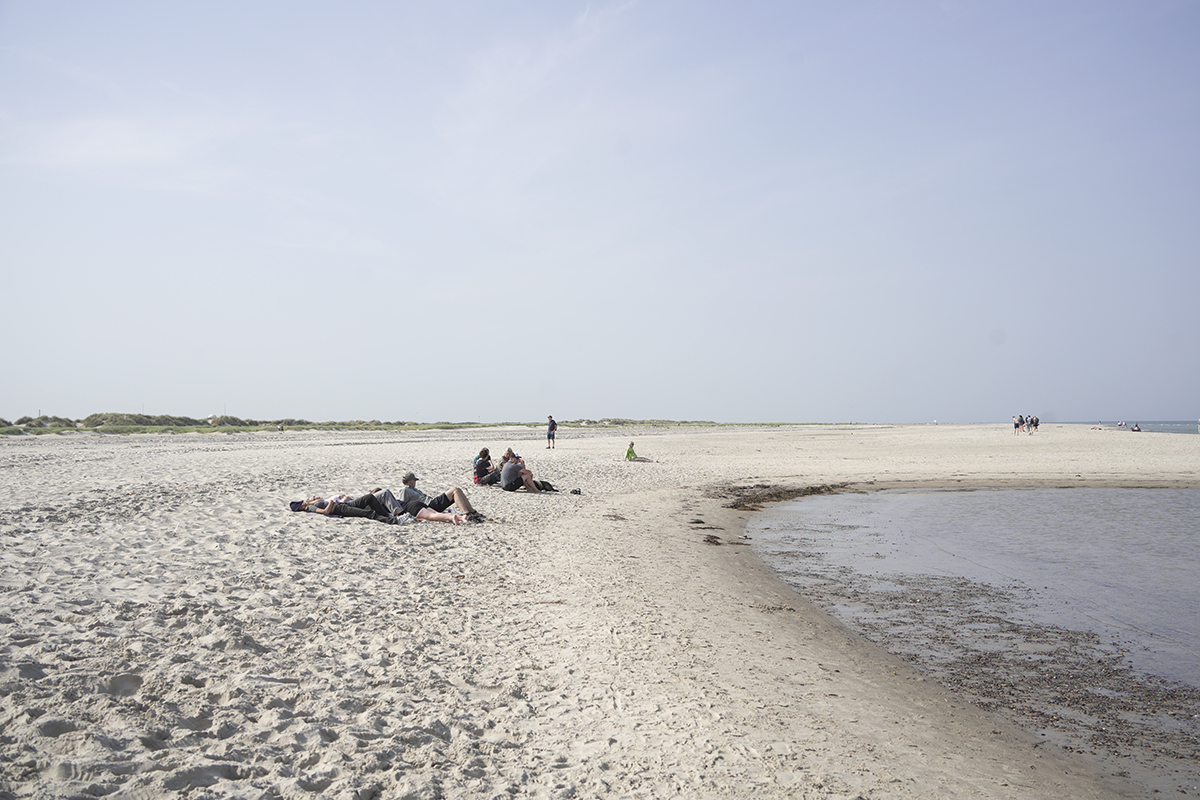
“The very northern tip of Denmark, where the Skagerrak Sea comes in from the North Atlantic and meets the Kattegat Sea, separating Denmark from Sweden, is one of the most favored places of the country, for Danes and tourists alike. With temperatures in the high seventies on this September day, beachgoers came to sit and soak up the rays or dip their toes in the fine line where the two seas meet.”
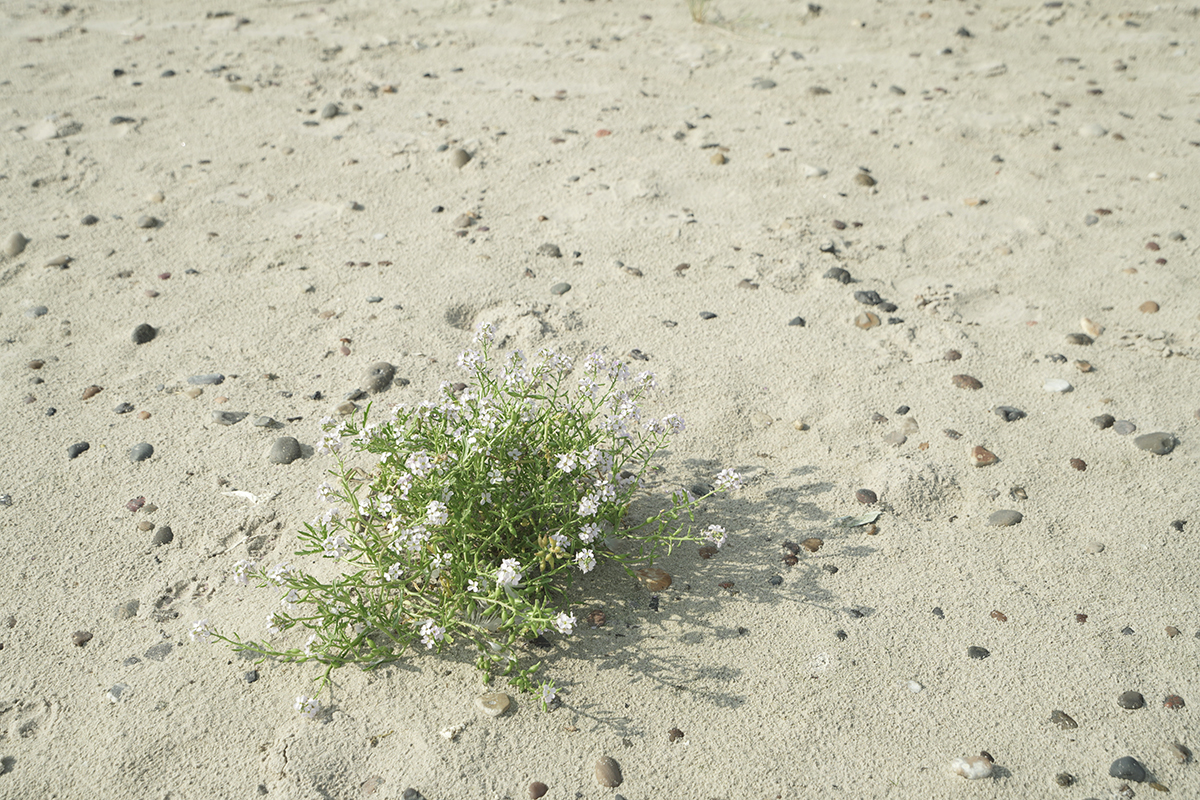
“I was eager to challenge the extremes of the two lenses, using the 17-50 for a close up of one of the shore plants that manage to survive the odds. From the micro to the macro, I chose to use the 28-200 at its widest; I already knew that the 17-50 would be excellent for this challenge; I learned that the 28-200 would do equally well to encompass the breadth of the peninsula.”
Photographing Denmark with Tamron Lenses Tamron: Essential Travel Photography Tips
Photographing Denmark with Tamron lenses truly comes to life in Skagen, where the quality of light is unlike any other. With an extraordinary clarity and intensity, the light enhances colors and contrasts, creating breathtaking photographic opportunities. Capturing this ethereal light requires careful attention to timing and weather conditions.
Early morning and late afternoon offer the best chances to photograph the landscape in its full splendor, as the sun casts long shadows and highlights the textures of the dunes and sea, making Skagen a must-visit for any serious travel photographer.
- Mastering Composition: One of the foundational elements of compelling photography is composition. In the vast, open landscapes of Denmark, utilizing techniques such as the rule of thirds can help structure your images. Look for leading lines formed by pathways or coastlines that naturally draw the viewer’s eye into the scene, creating depth and interest.
- Embracing Natural Elements: The northern Danish landscape is characterized by dramatic skies and ever-changing weather. Embrace these natural elements by incorporating them into your compositions. Stormy clouds or misty mornings can add mood and drama, transforming a simple scene into something extraordinary. Be patient and ready to capture fleeting moments when the light interacts with the landscape.
- Equipment Considerations: When traveling to remote locations like the northern tip of Denmark, it’s crucial to pack efficiently. A versatile zoom lens can be invaluable, allowing you to switch from wide-angle landscapes to detailed close-ups without changing lenses. A sturdy tripod is essential for long exposure shots, especially in low light conditions, and a polarizing filter can enhance the vibrancy of skies and reduce glare.
Sunset over the Kattegat Sea

“Dinner at Ruth’s Restaurant in the village of Old Skagen lived up to its reputation as one of the best restaurants in Denmark. We finished in time to walk three blocks to the beach, where people had already gathered for another favorite activity – watching the sun set into the Kattegat Sea.
Tamron’s 17-50 lens was the perfect choice to capture the broad expanse of sea and sky as well as focusing on the crowds, who were focused on the last rays of a beautiful day.”
Tamron Travel Tips: A Danish Cultural Perspective
Photographing Denmark with Tamron lenses allows you to go beyond capturing landscapes, offering the chance to document the cultural richness of Denmark’s northern region. Beyond its natural allure, this area is steeped in history and tradition. Take time to explore the charming villages and interact with locals, adding a deeper cultural dimension to your photography. Capturing candid moments of daily life can provide a more comprehensive and authentic portrayal of the region.
In conclusion, the northern tip of Denmark offers an unparalleled opportunity for travel photographers to immerse themselves in a landscape of striking beauty and vibrant culture. By applying these photography tips and photographing Denmark with Tamron lenses, you can preserve the true essence of this enchanting destination in all its glory.
Alvin’s Conclusion
“Neither the wonders of Denmark nor the superb quality of Tamron’s lenses disappointed me. The stunning architecture and art, the creative food, and the hospitality of the Danes are a story for another time. Tamron’s lenses will accompany me on that journey as well.”
About Alvin Gilens

Alvin Gilens is a travel writer as well as photographer. He has published articles as diverse as cycling in Israel, petroglyphs in Portugal, bears in Alaska, and waterfalls in Hawai’i. He is also the author of two books and numerous articles dealing with the development of Germany’s V-2 rocket and postwar Germany.
Although internationally recognized for his moving black and white interpretations of Holocaust sites and memorials, his color palette and travel images have won acclaim in many venues.
Mr. Gilens many solo exhibitions include:
- The Imperial War Museum, London
- The Urania Institute, Berlin
- Villanova University
- The University of Alabama, Huntsville
- Haverford College
- Lavan Gallery, Tel Aviv
- Deutser Gallery, Houston
- The Karpeles Museum, Santa Barbara
- The United States Congress – an event opened with remarks by author and Nobel Peace Laureate Elie Wiesel
The photographer’s works are in public and private collections throughout the world.

